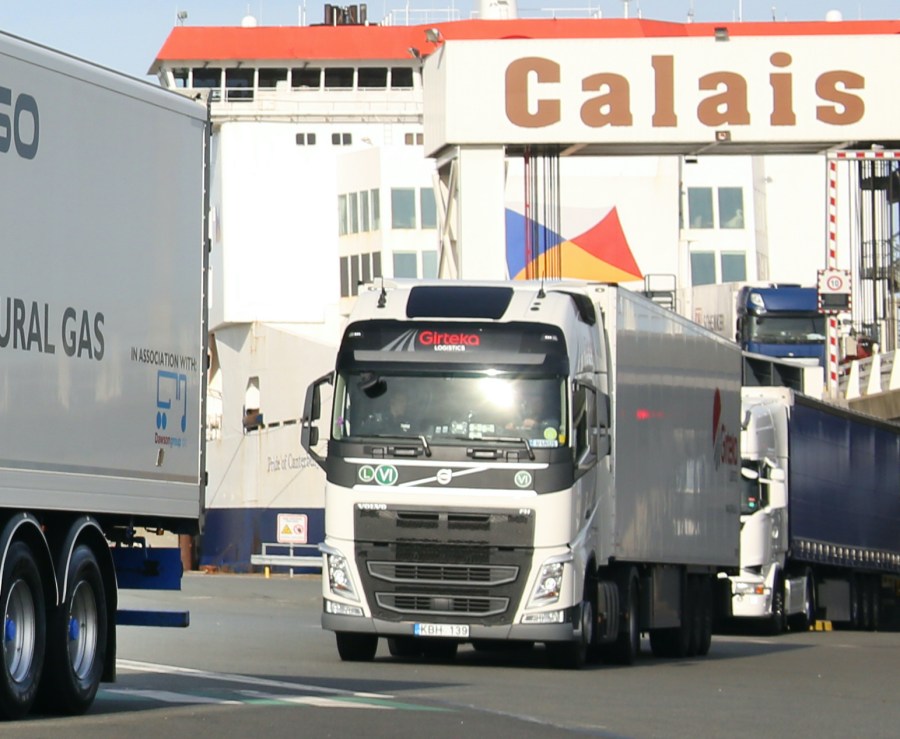The government has published an updated Border Operating Model which provides further detail on how the GB-EU border will work after Britain leaves the EU Single Market and Customs Union as a result of Brexit, and the actions that traders and hauliers will need to take.
Ministers said the updated guidance follows “extensive engagement” with the border industry and the £705m package of investment for border infrastructure, jobs and technology announced earlier this year.
These steps will be needed regardless of whether the UK reaches a trade agreement with the EU, the government said.
The updated plan maps out the intended locations of inland border infrastructure, with sites to provide additional capacity to carry out checks on freight.
A Kent Access Permit will be mandatory for HGVs using the short strait Channel crossings in Kent. A supposedly “easy-to-use” ‘Check an HGV’ service will enable hauliers to check if they have the correct customs documentation and obtain a Kent Access Permit.
The plan also confirms passports will be required for entry into the UK from October 2021 as the government phases out the use of EU, EEA and Swiss national identity cards as a valid travel document for entry to the UK. Identity cards are among the least secure documents seen at the border, it said, and ending their use “will strengthen” UK security.
The government also announced it will exercise an exemption within EU state aid rules to increase the amount of support businesses can access from the Customs Grant Scheme.
Chancellor Michael Gove, said: “Businesses need to prepare now for new procedures whether or not we reach a trade agreement with the EU, so they can seize the significant opportunities that lie ahead.”
The clarified model has been broadly welcomed by the road transport industry. Logistics UK policy director, Elizabeth de Jong, said: “This clarity on trading arrangements from January 1, 2021 is welcomed by logistics businesses and it is now vital all businesses trading with the EU use this guidance to make sure their staff and systems are fully prepared.”
RHA chief executive, Richard Burnett, said: “It’s vital hauliers and traders do everything they can now to prepare for our new trading relationship with the EU. Firms moving goods across borders will have to undertake customs processes whether there’s a deal or no deal. The message is clear – if the paperwork’s not right, the goods won’t cross.”
However, the British International Freight Association (BIFA) expressed concerns over the addition of a ‘Least Worse Case Scenario’ to the model.
BIFA director general, Robert Keen, said that following the leak of a Cabinet Office letter in September, it felt its members are being “set up” by the government as scapegoats should the new procedures for cross-border freight movements not immediately lead to frictionless trade.
Keen said the introduction of the “Least Worst Case Scenario” did nothing to assuage the feeling of its members that government will be seeking to blame forwarders and traders should freight movement between the EU and UK suffer serious problems from the start of 2021.
On the positive side, BIFA noted the revised Model suggested “a more cohesive approach” to managing the UK’s trade flows and regulatory procedures with the EU.
The updated Border Operating Model can be found at http://bit.ly/border-ops-model






